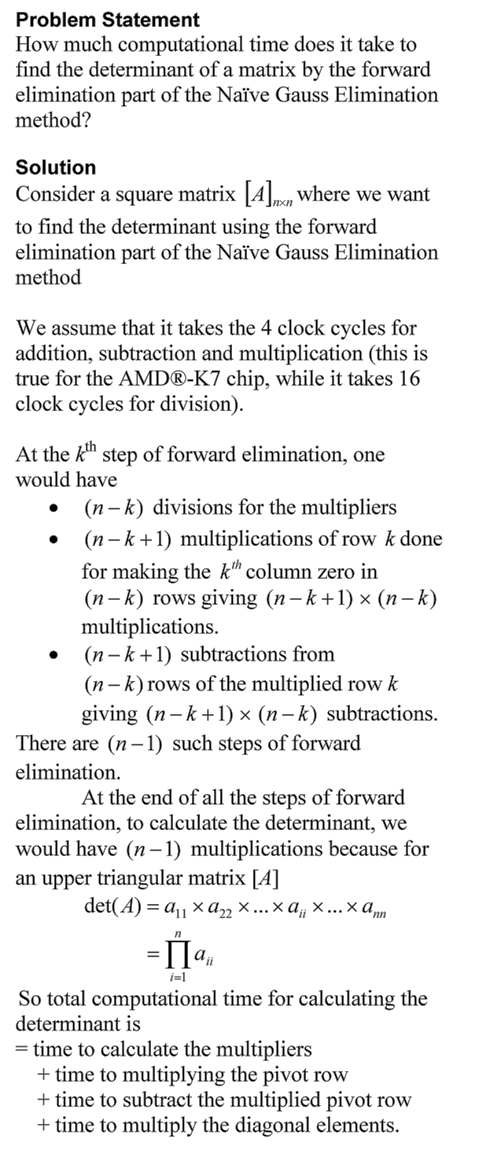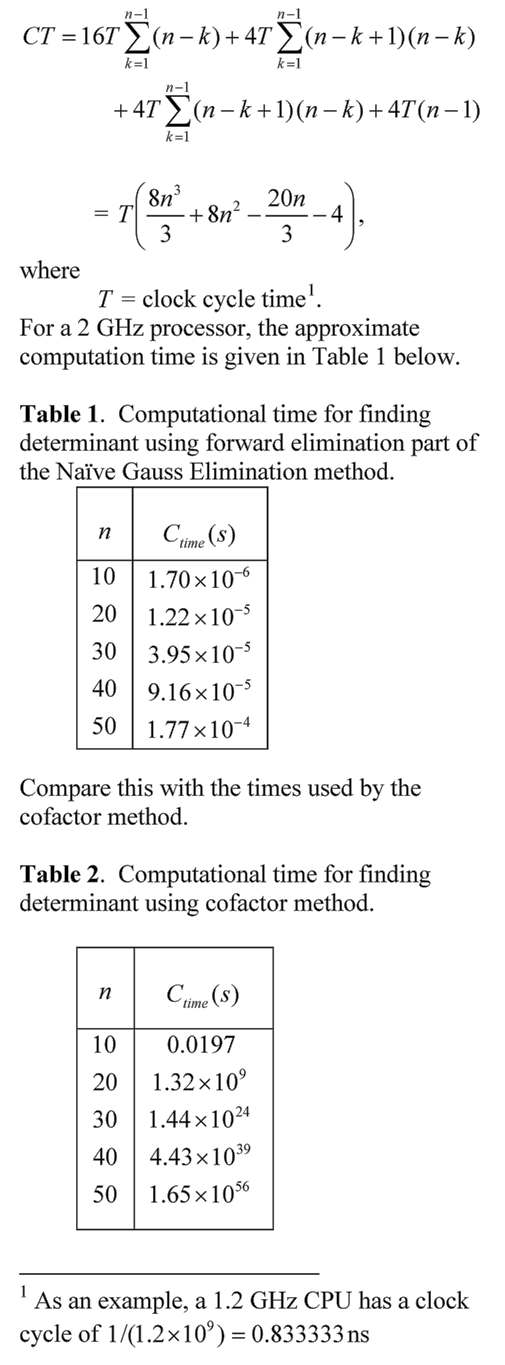

Numerical Methods for the STEM Undergraduate


Recently, I had assigned a project to my class where they needed to regress n number of x-y data points to a nonlinear regression model y=exp(b*x). However, they were NOT allowed to transform the data, that is, transform data such that linear regression formulas can be used to find the constant of regression b. They had to do it the new-fashioned way: Find the sum of the square of the residuals and then minimize the sum with respect to the constant of regression b.
To do this, they conducted the following steps
However, the solve command gave some odd answer like log(z1)/5 + (2*pi*k*i)/5. The students knew that the equation has only one real solution – this was deduced from the physics of the problem.
We did not want to set up a separate function mfile to use the numerical solvers such as fsolve. To circumvent the setting up of a separate function mfile, we approached it as follows. If dbsr=0 is the equation you want to solve, use
F = vectorize(inline(char(dbsr)))
fsolve(F, -2.0)
What char command does is to convert the function dbsr to a string, inline constructs it to an inline function, vectorize command vectorizes the formula (I do not fully understand this last part myself or whether it is needed).